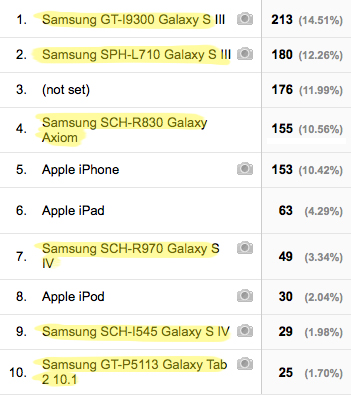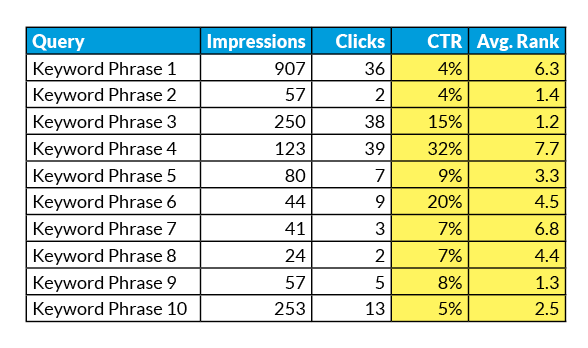
We hear
it all the time: “I want to
build a mobile app,” “I want a Facebook page,”
or, “I need to rank higher in search engines.”
OK, great, but what do you really need? What’s going to help you achieve your business goals?
We make a living helping businesses meet their goals. We see it time and time again. A business owner, a marketing director, an IT manager, or entrepreneur comes to us with an idea. As soon as we have a discussion about goals and objectives,
we often realize the original plan may not be the best solution.
Here’s a purely hypothetical example.
A restaurant owner wants to build an iPhone app. Cool. We do that.
We go over his goals:
- Increase revenue
- Allow customers to order for delivery via their phones
- Include payment options (credit card, Dwolla, or pay with cash upon arrival)
- Promote the app on his website
Great. Now we take a look at his existing website.

Oops! The website isn’t mobile-friendly. Nor does it have ordering capabilities. And when we look at Google Analytics, we find people using mobile devices are mainly searching for the address—which
tells us they’re not interested in delivery. Google Analytics also reveals that 65% of mobile visitors are on Android devices.
Wow. Let’s take a step back. If we developed the iPhone app like the restaurant owner wanted, he’d be:
- Missing out on the majority of his mobile users (Android)
- Trying to promote a mobile app through a non-mobile website
- Jumping from no mobile presence to mobile app, without a mobile website in between
So what do we recommend? In this situation—granted, it’s very little information and, again, hypothetical—we would recommend building the ordering platform via a
responsive website. We’d recommend that for several reasons:
- Search engine optimization
- It’s a more logical transition for customers
- Android and desktop users won’t be alienated

After the responsive website
and ordering platform were live for a while, we would re-evaluate the need for a mobile app.
We love examples. Here’s another one.
An e-commerce website manager comes to us wanting to improve her site’s search engine rankings. On the surface, search engine optimization (SEO) sounds like a great strategy.
However, when we dig into the site’s analytics, we notice a few things:
- The site is ranking well for related keyword phrases, but click-through rates are poor
- Conversion rates for social traffic are 2X higher than those for organic traffic
- Users from search engines have a 50% higher cart abandonment rate than users from other traffic sources

Based on that knowledge
alone, it looks like we have more work to do than just keyword optimization. We need to analyze how users from search engines are flowing through the site, where they’re getting stuck, and how to fix the issues we find.
Once we have those issues resolved,
then we can start optimizing for search engines. Since keywords are ranking highly, we need to focus more on making sure we’re showing up for the right keywords and generating enticing meta
data that improves click-through rates.
To reiterate, these examples are purely hypothetical. We made them up. But they do reflect situations we see all the time. So instead of coming to us with what you think you want, come to us with your goals. We’ll have a discussion about
the strategies that will best accomplish them.
Go ahead…tell us your goals.
REACH OUT